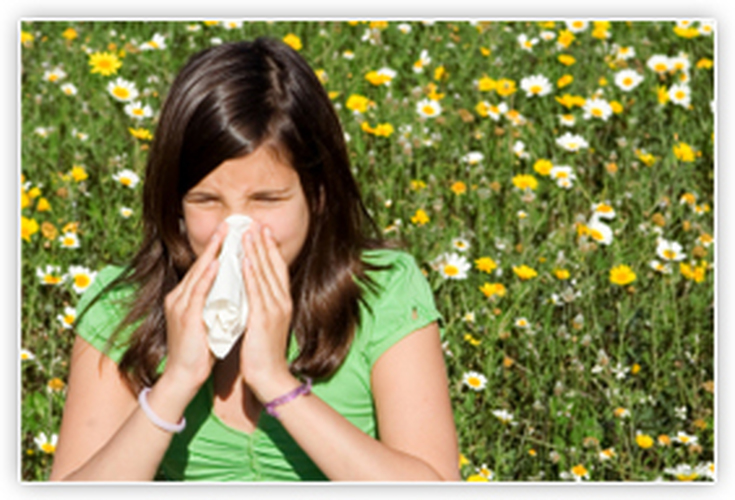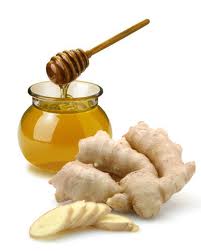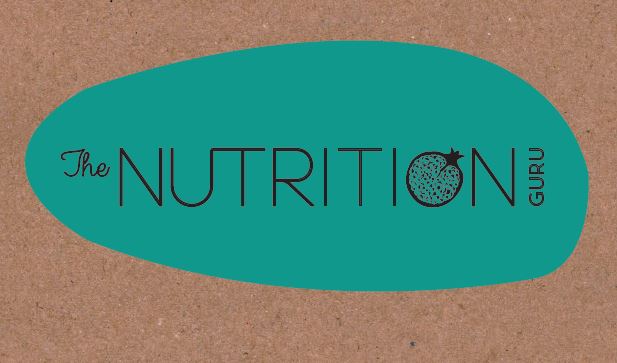HAYFEVER
Hayfever is an allergic reaction to pollen, especially wind borne-pollen. It is generally a seasonal allergy that commonly occurs in the spring months, particularly mid spring to early summer when those north winds kick in.
Symptoms of hay-fever include nasal congestion, a clear runny nose, sneezing, itching of the eyes and nose, tearing eyes and red eyes. Medical treatment includes the use of anti-histamines and steroid-based nasal sprays which have various, unwanted side effects. However, there is much you can do naturally to strengthen your body and reduce those tiring allergenic symptoms.
The therapeutic use of food as medicine is a great way to help settle allergenic symptoms which you can initiate at home. Try including the following foods in your diet and see if you can cut down the use of those tissues
- Local Honey Eating local honey is one of the oldest methods of relieving hayfever. Honey contains traces of the pollen from which it was made, so honey from your local area should contain the pollen that causes your allergenic reaction. By consuming it you are encouraging your body to build up a natural immunity or tolerance to it. Beeswax has a similar action and may also be consumed.
- Use garlic and horseradish in cooking Both of these delicious, warming herbs exert an action known in the herbal medicine world as anti-catarrhal. That is, they actually help to break down mucous in the body. Garlic is also antibacterial so if there is any associated low grade sinus infection it will exert an antibiotic action thereby clearing the congestion.
- Increase Essential Fatty Acids We all know fish oils lower cholesterol and reduce heart disease. However, a lesser-known fact is that these all-round good fats also have an anti-allergic action by downgrading inflammatory prostaglandin pathways in the body. Eat oily fish a minimum of three times per week, snack on walnuts and add 1 to 2 tbsp of flaxseed oil to your breakfast cereal. Oily fish include sardines, tuna, cod, mackerel, trevally, blue grenadier, herring, rainbow trout and whiting.
- Ginger Ginger makes a great addition to stir-fries, tea and fresh vegetables juices. It also has a powerful anti-inflammatory action that may help reduce hayfever.
- Bioflavonoids These brightly coloured fruits and vegetables are one of the anti-oxidant miracles of nature. A regular intake of berries and brightly coloured vegetables is associated with reduced levels of certain cancers yet they can also reduce allergenic processes in the body. Bioflavonoids help inhibit histamine released by mast cells in response to allergens. In nature, bioflavonoids are found together with Vitamin C and both work synergistically to reduce allergies. Bioflavonoid foods include citrus fruits, berries, apricots, grapes, papaya, green tea, capsicum and tomatoes.
Naturopathic Treatment
- Herbal Medicine By drinking two cups of fenugreek tea daily you can reduce your hayfever symptoms. Fenugreek has a locally healing and anti-inflammatory action on the mucousal membranes, reducing those annoying symptoms of nasal irritation. Anti-allergy herbs include Baical Skullcap and Albizzia. These combine well with anti-catarrhal herbs such as Eyebright, Golden Rod and Golden Seal.
- Food Sensitivities It is extremely common for a dairy sensitivity to be associated with hayfever. After all, if dairy is not digested effectively it produces excess mucous in the body. Other food sensitivities may also contribute to this process. To confirm if this is part of your problem your Naturopath can organise an appropriate blood test that checks for IgE and IgG levels in the blood, markers of food allergy and the milder food sensitivity respectively. At home you can start simply by greatly reducing or eliminating dairy from your diet. This is found to be most effective if you start pre-hayfever season. However, if you do eliminate dairy from your diet be sure to bring in adequate amounts of calcium from other sources. Include unhulled (dark) tahini, fish with edible bones (sardines and salmon), hummus, green leafy vegetables, almonds and soy or rice milk fortified with calcium.
Practical Tips
- Dab a thin layer of paw paw cream inside your nasal passages to help trap the pollens
- Pollen count is highest in the early evening and at night so keep windows and doors closed
- Keep your sunglasses on to protect your eyes from the pollen
- Avoid exposure to diesel fumes as it sensitizes the nose to pollens. Oxides of nitrogen can destroy the delicate hairs that line the throat and result in the build-up of mucous.
Armed with the knowledge of how to combat the hayfever blues, feel free to get outside as often as possible and fill your lungs with fresh spring air. Enjoy this beautiful period of new life and new beginnings and embrace the season that is spring.
LOVE LINDY - THE NUTRITION GURU XX



